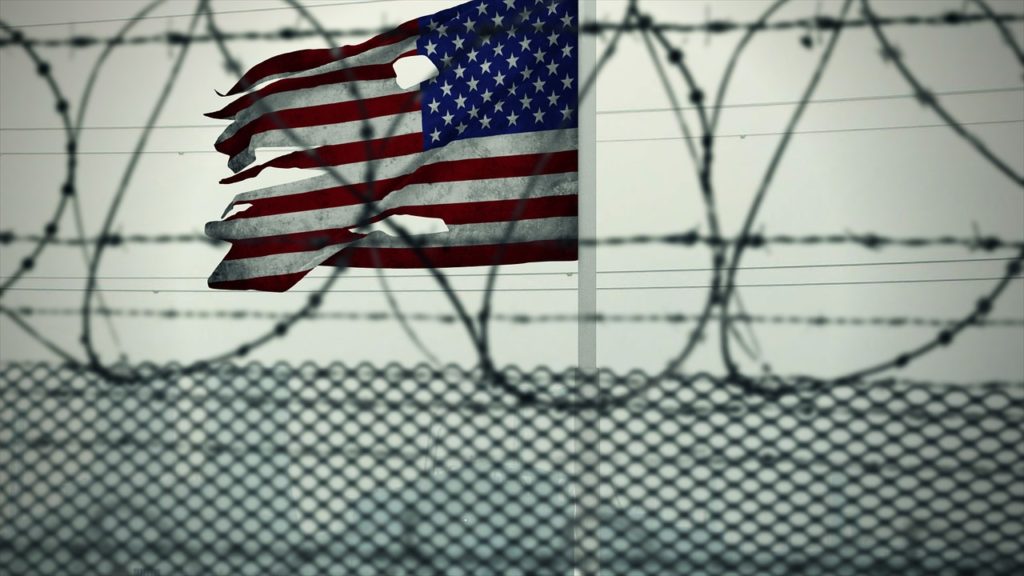For years, reports circulated about wrongful convictions and innocents languishing in jails across the US. According to the Innocence Project, extrapolating from the 281 known DNA exonerations in the US since the late 1980s, a conservative estimate from ten years ago was that 1 percent of the US prison population, approximately 20,000 people, are falsely convicted. In cases with DNA availability, wrongful convictions are much lower. According to the Georgia Innocence Project (GIP), those numbers are significantly higher. Studies estimate that between 4-6% of people incarcerated in US prisons are actually innocent.
According to the Equal Justice Initiative (EJI),
“There are more innocent people in our jails and prisons today than ever before. The rate of exonerations continues to rise, revealing an unreliable system of criminal justice. A lack of accountability for police and prosecutors, reliance on junk science and mistaken eyewitnesses, and the indigent defense crisis are major contributors to wrongful convictions that have undermined the credibility of our system and ruined the lives of innocent men and women.”
The EJI also notes that:
“Exonerations tell us a lot about what causes wrongful convictions.
More than half of wrongful convictions can be traced to witnesses who lied in court or made false accusations. In 2018, a record number of exonerations involved misconduct by government officials. Other leading causes of wrongful convictions include mistaken eyewitness identifications, false or misleading forensic science, and jailhouse informants.”
The leading factors in wrongful convictions include eyewitness misidentification, false confessions, police and prosecutorial misconduct, flawed forensic evidence, and perjured testimony.
“Faulty forensics also lead to wrongful convictions. Many forensic techniques aren’t scientifically validated. These ‘junk science’ techniques include:
- hair microscopy
- bite mark comparisons
- firearm tool mark analysis
- shoe print comparisons
Innocent people have been convicted because forensic lab workers made errors in testing, testified inaccurately about their results, or fabricated results.”
A major problem, according to EJI, is that America’s counties, states, and the federal government all have different rules and policies about preserving evidence and providing access to testing that could prove an incarcerated person’s innocence. Even when incarcerated people manage to get evidence that proves their innocence, police and prosecutors often refuse to re-examine the evidence or re-open the case.
EJI also notes that police, prosecutors, and judges “are not held accountable for misconduct that leads to wrongful convictions, such as fabricating evidence, presenting false testimony, or refusing to consider proof of innocence. Immunity laws protect them from liability even in cases of gross misconduct.”
This means that prosecutors cannot be held liable for falsifying evidence, coercing witnesses, presenting false testimony, withholding evidence, or introducing illegally-seized evidence at trial.
GIP notes that “The presumption of innocence is a foundational rule in our criminal legal system.” That the prosecution must prove guilt beyond a reasonable doubt is supposed to help ensure that someone charged with a crime is not wrongfully convicted. But, GIP asks, “what happens if, despite that requirement, unchecked biases cause jurors, judges, lawyers and others to presume some people are more guilty than others?”
This is a serious question and the US justice system does not adequately address it. The current legal framework does not protect the accused from biases on the part of judges, lawyers, or jurors. Is it possible that people are languishing in prison due to racial or religious biases? The answer is a resolute yes.
Knowing the actual number of innocents in jails and prisons in the US is virtually impossible, but it is possible to arrive at an educated estimate. According to the Baldani Law Group,
“If there are 2.3 million people in prison and just .5% of them (half of one percent) are innocent, that’s 11,500 people serving time in jail for something they didn’t do. If there are about 195,000 new convictions across the country every year, that would mean 975 innocent people are being locked up every year; an average of more than two people every day.”
These numbers are shocking and disturbing. Unfortunately, they only matter when you or a family member or friend are the wrongfully convicted victim. Most people are not aware of this phenomenon and rely on the old saying, “Everyone in prison is guilty.”
The first factor in wrongful convictions is eyewitness misidentification. Readers will recount the terrific scene from the film, My Cousin Vinny in which Vinny, the lawyer, successfully demonstrates how an elderly woman could not have witnessed the crime due to her faulty vision. Likewise, and more recently, the television series Better Call Saul tackles the issue of eyewitness misidentification when Saul brings his supposed client, a lookalike, to court only to have the witness misidentify him as the subject in question when Saul’s actual client is sitting elsewhere in the courtroom.
Thus, the first step toward eradicating, or at minimum, reducing the phenomenon of wrongful convictions, is to place reliable barriers before the main issues that lead to wrongful convictions and subject them to double review, scrutiny, and analysis. Each of the leading factors that often lead to wrongful convictions must be subject to intense scrutiny and questioning. Such an emphasis on these areas could lead to the higher possibility that innocent people will not end up wrongfully convicted for crimes they did not commit.
Image: Pixabay
Become a Patron!
Or support us at SubscribeStar
Donate cryptocurrency HERE
Subscribe to Activist Post for truth, peace, and freedom news. Follow us on SoMee, Telegram, HIVE, Flote, Minds, MeWe, Twitter, Gab, What Really Happened and GETTR.
Provide, Protect and Profit from what’s coming! Get a free issue of Counter Markets today.


Be the first to comment on "How to Reduce Wrongful Convictions and Keep Innocents out of Prison"